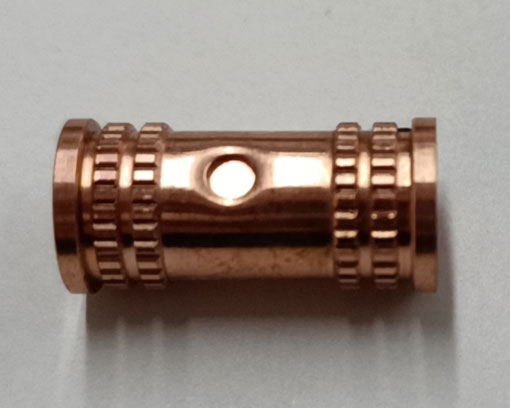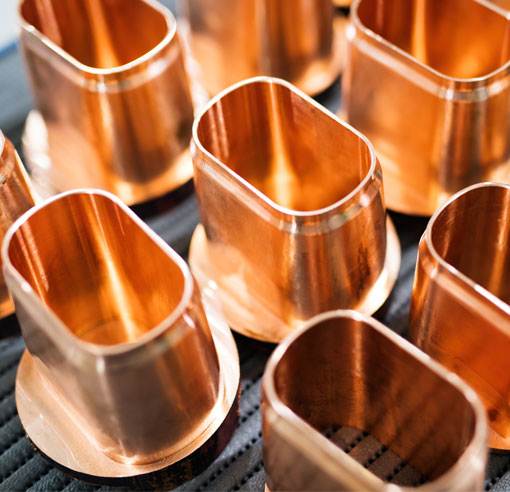Copper tungsten electrodes are an essential component in many industrial applications, particularly in electrical discharge machining (EDM) and resistance welding. These electrodes combine the excellent thermal and electrical conductivity of copper with the durability and high melting point of tungsten, making them ideal for use in high-heat and high-wear environments. In this comprehensive guide, we will explore the various techniques and applications of machining copper tungsten electrodes, providing insights into the best practices for achieving optimal performance and longevity.
Introduction to Copper Tungsten Electrodes
Copper tungsten is a composite material made by infiltrating tungsten particles with molten copper. The resulting material has a unique combination of properties, including high thermal and electrical conductivity, low thermal expansion, and excellent resistance to arc erosion. These properties make copper tungsten electrodes ideal for use in demanding industrial applications, such as EDM and resistance welding.
Electrical Discharge Machining (EDM)
EDM is a non-traditional machining process that uses electrical discharges to remove material from a workpiece. In this process, a copper tungsten electrode is used to generate a series of controlled electrical sparks, which erode the workpiece material. The electrode and workpiece are submerged in a dielectric fluid, which helps to cool and flush away the eroded material.
Copper tungsten electrodes are widely used in EDM applications due to their excellent electrical and thermal conductivity, which allows for efficient energy transfer and minimal electrode wear. Additionally, their high melting point and resistance to arc erosion make them well-suited for use in high-heat environments, such as those encountered during the EDM process.
Resistance Welding
Resistance welding is a process that uses electrical current and mechanical pressure to create a strong, permanent bond between two metal surfaces. In this process, a copper tungsten electrode is used to apply both the electrical current and the mechanical pressure required to create the weld.
Copper tungsten electrodes are commonly used in resistance welding applications due to their excellent electrical conductivity, which allows for efficient energy transfer and minimal heat generation. Additionally, their high melting point and resistance to arc erosion make them well-suited for use in high-wear environments, such as those encountered during the resistance welding process.
Machining Copper Tungsten Electrodes
Machining copper tungsten electrodes can be challenging due to the material's hardness and abrasiveness. However, with the right techniques and equipment, it is possible to achieve precise and consistent results. In this section, we will explore some of the most common machining techniques used to create copper tungsten electrodes, including grinding, electrical discharge machining (EDM), and laser machining.
Grinding
Grinding is a common method for shaping and finishing copper tungsten electrodes. This process involves using an abrasive wheel or belt to remove material from the electrode surface, resulting in a smooth and precise finish. Diamond grinding wheels are often used for this purpose, as they provide excellent cutting performance and long tool life.
When grinding copper tungsten electrodes, it is essential to use a coolant to minimize heat generation and prevent damage to the electrode material. Additionally, care should be taken to avoid excessive grinding pressure, as this can cause the electrode to overheat and result in reduced performance.
Electrical Discharge Machining (EDM)
As previously mentioned, EDM is a non-traditional machining process that uses electrical discharges to remove material from a workpiece. This process can also be used to shape copper tungsten electrodes, providing a high degree of precision and control.
When using EDM to machine copper tungsten electrodes, it is essential to use a suitable dielectric fluid to minimize electrode wear and ensure optimal performance. Additionally, care should be taken to select the appropriate EDM parameters, such as voltage, current, and pulse duration, to achieve the desired material removal rate and surface finish.
Laser Machining
Laser machining is another non-traditional machining process that can be used to shape













